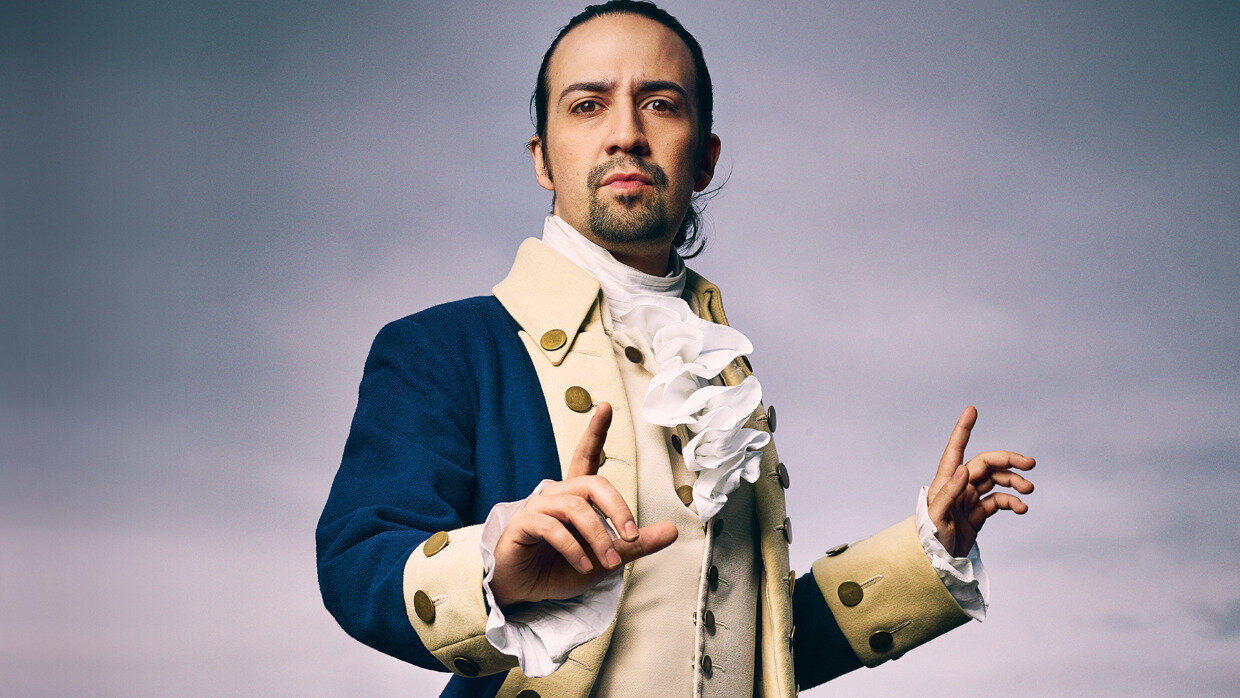 An Open Letter to University Presidents
An Open Letter to University Presidents


4 min read
Passover connects Jews through the ages and around the globe by retelling the Jewish People’s ongoing story.
The Passover story isn't merely a recounting of historical events, it is an invitation into a shared memory. This act of vivid storytelling transforms listeners into participants, weaving them into the ongoing narrative of their people. It’s through the telling of our story that children understand their place within a drama that spans generations, linking them to both their ancestors and their descendants.
The distinction between history and memory is profound. Rabbi Lord Jonathan Sacks notes that there is no word for history in Hebrew, only for memory. History is "his story" — an account of events that happened to someone else. Memory, on the other hand, is personal and participatory; it’s "our story." This distinction emphasizes the communal and inclusive nature of Jewish storytelling, where the past is not just remembered but relived and experienced anew by each generation.
Rabbi Sacks uses the metaphor of finding a book in a large library with your family name on it. Upon discovering the book, you begin to turn its pages and towards the end you come upon a blank page with nothing but your name. At that moment you realize that you are a part of this ongoing story and the world is waiting for you to write your chapter.
The Passover Haggadah does more than tell a story; it creates a bond that transcends time, connecting Jews through the ages and around the globe, not by land, language, or culture but by a shared narrative.
The world tells stories to put people to sleep. We tell stories to wake people up.
Even before the Jewish people's exodus from Egypt, Moses, rather than focusing on the freedom or the Promised Land that awaited, emphasized how the story of their liberation would be told. This pre-emptive framing of their experience underlines the power of storytelling to unite, inspire, and define a people even before their journey had truly begun.
This reminds me of a memorable scene from Lin-Manuel Miranda's groundbreaking musical, "Hamilton." In this particular scene, set against the backdrop of the American Revolution, Alexander Hamilton and his compatriots gather to toast to their shared aspirations for freedom and self-determination. Despite the immense challenges they face and the uncertainty of their future, they find solace and unity in the act of envisioning how their struggle will be recounted to future generations. They sing, "Raise a glass to freedom... And when our children tell our story... They'll tell the story of tonight.”
Hamilton and his allies are already framing their revolutionary efforts as a story to be told. This preemptive storytelling acts as a declaration of their faith in the cause and a recognition of the importance of their actions for future generations, just as Moses prepares the Israelites to tell the story of their exodus from Egypt even before they have left.
I wonder if Miranda, a well-known friend of the Jewish People, might have been inspired by the Jewish tradition of storytelling as a means to forge identity and community and the universal power of narrative to unite and give meaning to collective struggles. The act of telling one's story nurtures an affirmation of belonging and purpose.
Rabbi Nachman of Breslov said, "The world tells stories to put people to sleep. We tell stories to wake people up.” Stories are meant to stir the soul, to awaken a sense of yearning, commitment and purpose. As Patti Digh eloquently puts it, "The shortest distance between two people is a story." Stories forge connections through shared feelings and experiences. Since we remember more of how we felt than what we heard, it’s no wonder that we are 22 times more likely to remember a story than a set of disconnected facts.
Through recounting our national origins story, Passover becomes a living, evolving memory that informs our understanding of ourselves and our place in the world.
Featured Image: Mark Seliger
